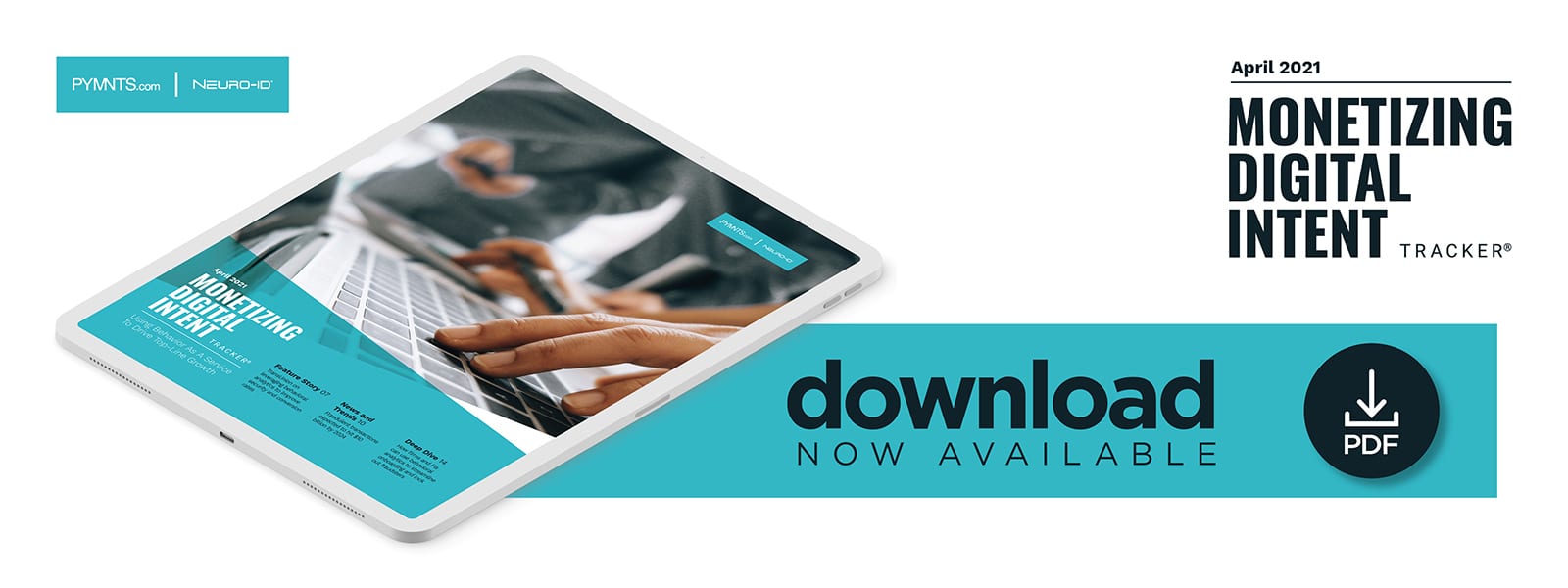Deep Dive: How Firms Can Tap Behavioral Analytics To Keep Consumers Engaged And Fraudsters Out

Digital channels have become normal for consumers when they interact with financial institutions (FIs) and businesses, even initially, and this means that they have come to expect onboarding processes that are faster and more secure. These FIs must thus make their sign-up processes hold new customers’ attention while keeping out fraudsters.
Cybercriminals have been hammering digital platforms with attacks since well before the pandemic began, leveraging stolen credentials to better fool existing anti-fraud measures. Bad actors collected more than 4.1 billion consumer records in 2019 alone, including credit card numbers, email addresses, names and myriad other details, allowing them to piece together synthetic identities and mimic legitimate customers signing up for services online.
Protecting against fraudsters leveraging such schemes is becoming more difficult and costly as time goes on, and the global economy now loses approximately $5 trillion annually to identity fraud. This is expected to rise, too, given the spike in fraud rates observed during the pandemic. One report found that 79 percent of global organizations had seen fraud rates increase as of November and that 90 percent expected them to rise over the next 12 months.
These findings make it clear that companies must continue to fortify their online channels against growing waves of cyberattacks, but the prevalence of synthetic and identity-focused fraud has made traditional data points less effective to authenticate customers. Firms will instead need to find new methods and technologies to verify customers’ digital identities during onboarding.
The following Deep Dive explores how fraud attacks and the strategies to guard against them have shifted over the past year, and it examines how behavioral analytics can ease customer onboarding while promoting more effective security.
Digging Beneath The Digital Surface
Verifying new online customers’ identities has always been a challenge, despite — and, in some ways, because of — the wealth of digital data available to banks and businesses. The sheer amount of personal information that banks and businesses can access online can give fraudsters more opportunities to slip through the cracks, and many bad actors are taking advantage of increased web activity during the pandemic.
One study found a 250 percent increase in online banking-focused fraud since January 2020, for example, while a separate report revealed that businesses lost a collective $42 billion to fraudsters over a 24-month period. The amount of fraudulent data available to be stolen and used in these attacks has left many banking customers understandably nervous about allowing FIs access.
These findings suggest that companies must reconsider their approaches to verification, as fraudsters are becoming adept at compromising most traditional digital indicators of identity, including email addresses and passwords. The task is complicated further because consumers continue to cling to many of these methods, however. One PYMNTS study found that 73 percent of consumers are willing to share their email addresses with their FIs, and only 30 percent are comfortable sharing biometric fingerprint scans for identification as this data could also potentially be stolen.
This puts FIs and other businesses in a challenging position, as they must find new, more secure ways to swiftly and smoothly identify customers during onboarding and login processes. Tapping behavioral analytics on the back end to verify consumers’ identities during this process can help them achieve this goal, strengthening the fraud protection and identification profiles attached to customers while remaining invisible to users. These techniques harvest no personal data at all. Instead, they interpret the intent of users in real time based on factors like their hesitancy in typing responses, confidence in data input and how often they change answers in online forms.
Harnessing Behavioral Analytics For User Identification
Companies that are eager to harness the power of behavioral analytics must turn to new and emerging technologies such as behavioral analytics tools that can analyze users’ intentions rather than cross-referencing stored data. Tapping behavioral analytics like keystroke patterns — rather than surface indicators such as passwords and PINs — can create a more nuanced understanding of consumers’ identities during onboarding while eschewing the use of stored data that could potentially be compromised in a breach.
It can help automatically parse multiple data points as soon as consumers begin the onboarding process, including the time it takes them to fill out certain fields or whether they hesitate or backtrack when filling in forms. These behaviors of uncertainty also appear to have ramped up during the pandemic, with one study revealing that the rate at which loan applicants changed their reported incomes while filling out forms rose from 13 percent to 45 percent when the crisis began.
Companies must employ these technologies strategically to unlock their strongest fraud protection and customer satisfaction potential, however. Failing to do so could give fraudsters more opportunities to slip through their defenses and make it more likely that legitimate customers will abandon the onboarding process and move on to other merchants. Behavioral analytics could be the key to helping firms keep track of these trends and bolster their verification processes accordingly.

